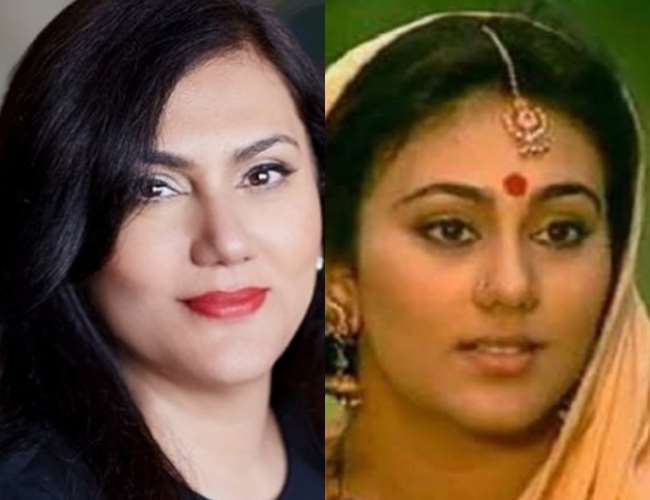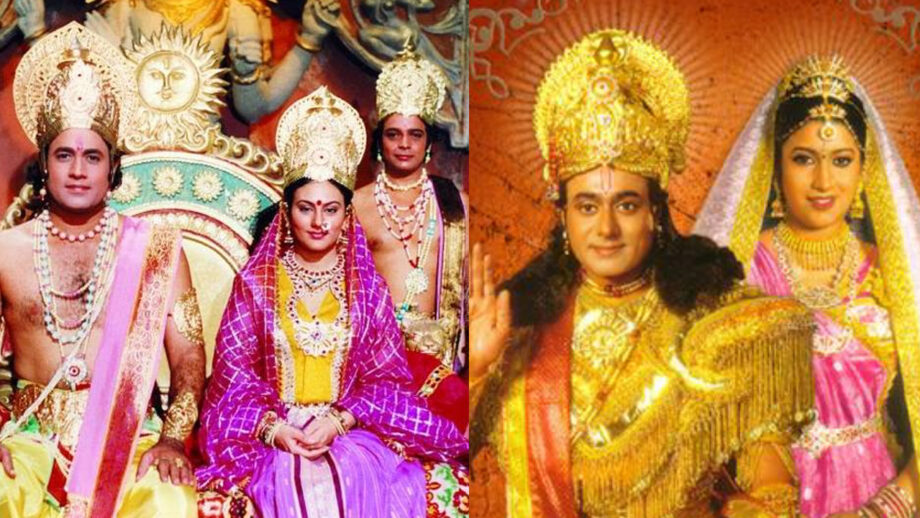

He killed Ravana, freed Sita and after Sita proved here purity, they returned to Ayodhya where Bharata returned the crown to him.Rāmāyana ( / r ɑː ˈ m ɑː j ə n ə/ Sanskrit: रामायणम्, IAST: Rāmāyaṇam pronounced ) is one of the two major Sanskrit epics of ancient India and important text of Hinduism, the other being the Mahābhārata. Rama killed several of Ravana’s brothers and eventually confronted the ten-headed Ravana. Rama, Lakshmana and the monkey army built a causeway from the tip of India to Lanka and crossed over to Lanka where a cosmic battle ensued. He then flew back to Rama to tell him where Sita was. With his tail burning, Hanuman escaped and hopped from house-top to house-top, setting Lanka on fire. Ravana’s men captured Hanuman, and Ravana ordered them to wrap Hanuman's tail in cloth and to set it on fire. He flew to Lanka and, finding Sita in the grove, comforted her and told her Rama would come to save her soon. Hanuman, the general of the monkey band can fly since his father is the wind. Rama then sought the help of a band of monkeys offer to help him find Sita. The moment Sita stepped outside the circle to give him food, Ravana grabbed her and carried her to his kingdom in Lanka.

After Rama and Lakshmana left, Ravana appeared as a holy man begging alms. Before they did though, they drew a protective circle around Sita and told her that she would be safe for as long as she did not step outside the circle.

To please her, Rama and Lakshmana went to hunt the deer down. He sent one of his demons disguised as a magical golden deer to entice Sita. In retaliation, Ravana devised a plan to abduct Sita after hearing about her incomparable beauty. She returned to her brother Ravana, the ten-headed ruler of Lanka. One day Rama and Lakshmana wounded a rakshasas (demon) princess who tried to seduce Rama. Sita and Lakshmana accompanied him on his exile. Rama, always obedient, was content to go into banishment in the forest. The devastated King could not face Rama and it was Queen Kaikeyi who told Rama the King’s decree. Because of an oath Dasharatha had made to her years before, she got the king to agree to banish Rama for fourteen years and to crown Bharata, even though the king pleaded with her not to demand such a request. Everyone seemed pleased, save Queen Kaikeyi since she wanted her son Bharata to rule. Their love became a model for the entire kingdom as they looked over the kingdom under the watchful eye of his father the king.Ī few years later, King Dasharatha decided it was time to give his throne to his eldest son Rama and retire to the forest.

Seeing this, Sita indicated that she had chosen Rama as her husband by putting a garland around his neck. However, as Rama picked it up, he not only strung the bow, he broke it. When it was time for Sita to choose her bridegroom (at a ceremony called a swayamvara) princes from all over the land were asked to string a giant bow which no one could lift. In the neighboring city the ruler’s daughter was named Sita. The other two were twins, Lakshmana and Shatrughna whose mother was Sumithra. Bharata was the son of Dasharatha’s second and favorite wife, Queen Kaikeyi. Rama was the eldest and his mother was Kaushalya. Uttara Kanda: “The Book Beyond,” the “later section”, detailing Rama’s life in Ayodhya, the banishment of Sita, the birth of Lava and Kusa, the reconciliation of Rama and Sita, her death or return to the earth, and Rama’s ascent into heaven.ĭasharatha was the King of Ayodhya and had three wives and four sons. Yuddha Kanda: “The Book of War,” the defeat of Ravana, the recovery of Sita, the return to Ayodhya, and the coronation of Rama and Sundara Kanda: “The Book of the Beautiful (Hanuman),” sundara means beautiful, and this portion of the book has passages of lyrical beauty description of the landscapes over which Rama roams, and the arrival of Rama and his allies in Lanka Kishkindhya Kanda: “The Book of The Empire of Holy Mokeys,” Rama’s residence in Kishkindhya, the quest for Sita, and the slaying of Bali Many scholars question the authorship of the certain passages from the first book (Bala Kanda) and question the authenticity of the last book (Uttara Kanda) for various reasons.īala Kanda: “The Book of the Youth,” the boyhood and adolescence of Rama Īyodhya Kanda: “The Book of Ayodhya,” the court of Dasaratha and the scenes that set the stage for the unfolding of the story, including the exchange between Dasaratha and Kaikeyi and the exile of Rama Īranya Kanda: “The Book of the Forest ,” life in the forest during the fourteen year exile and the abduction of Sita by Ravana sage Valmiki comprised of seven “kandas” or books. The original Ramayana written by the 4th c.


 0 kommentar(er)
0 kommentar(er)
